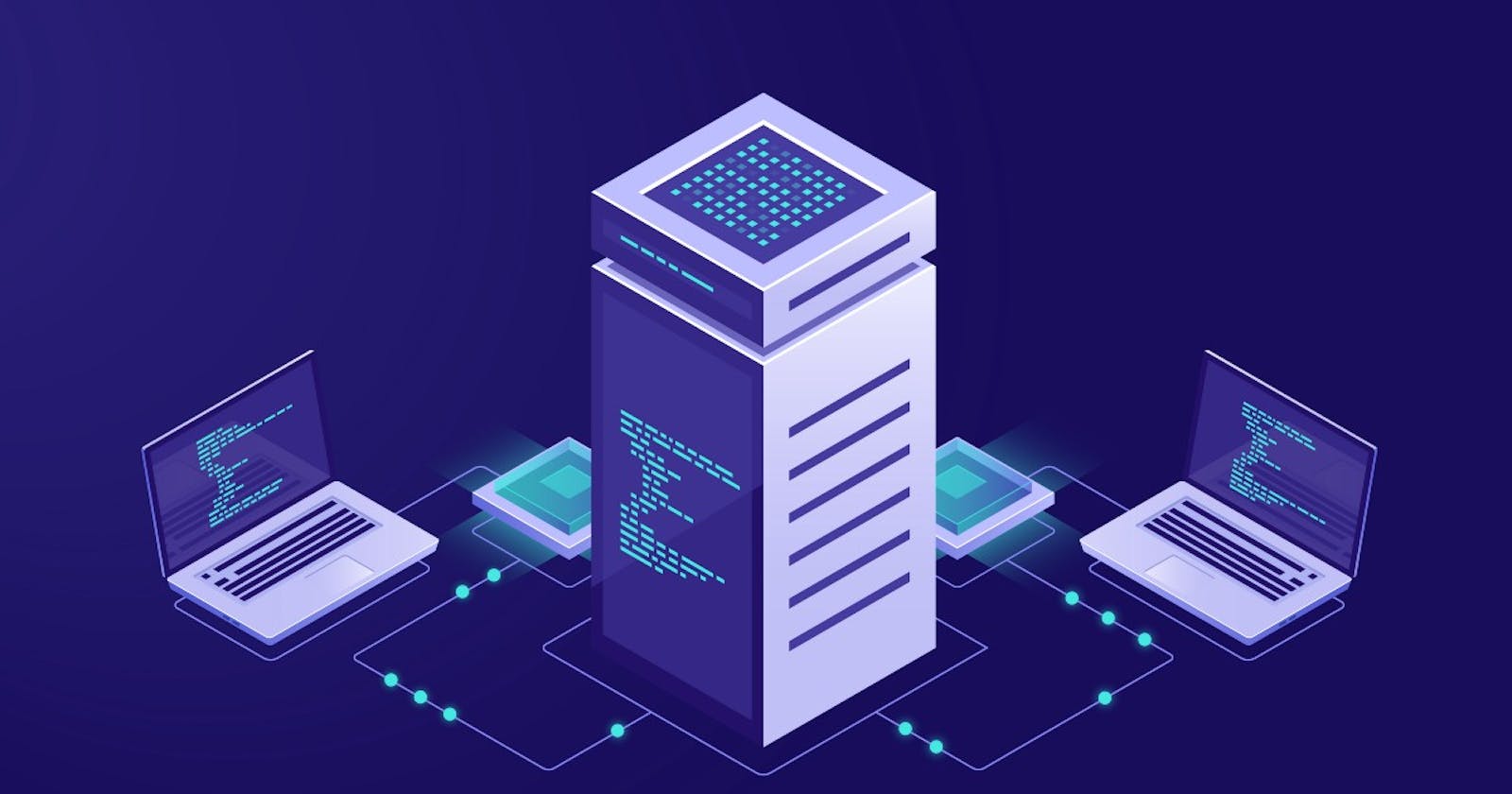Definition
A distributed system is a collection of independently running computer systems that are connected through a network, with the goal of achieving a common goal or providing a common service. These systems work together as a single, unified system, even though they may be located in different physical locations and running on different hardware.
Examples of Distributed Systems
Cloud computing platforms such as Amazon Web Services, Microsoft Azure, and Google Cloud Platform are examples of distributed systems. These systems allow users to access and manage large pools of computing resources, such as virtual machines, storage, and databases, through a centralized interface.
Content delivery networks (CDNs) are another example of distributed systems. CDNs are used to distribute large amounts of content, such as videos and images, across a network of servers located in different geographic locations. This allows for faster delivery of content to users, as the content is served from a server that is geographically closer to the user.
Peer-to-peer networks are a type of distributed system where each node in the network acts as both a client and a server. This allows for decentralized communication and data sharing between nodes, without the need for a central server or authority. Examples of peer-to-peer networks include BitTorrent and Ethereum.
Distributed databases are a type of distributed system where a large database is spread across multiple servers or machines, rather than being stored in a single location. This allows for faster data retrieval and improved fault tolerance, as the system can continue to function even if one or more of the servers fails. Examples of distributed databases include MongoDB and Cassandra.
Advantages of Distributed Systems
Scalability: Distributed systems can easily scale up or down as the workload or number of users increases or decreases.
Reliability: Distributed systems can provide higher levels of reliability, as the system can continue to function even if one or more of the individual components fail.
Fault tolerance: Distributed systems can also provide better fault tolerance, as the system can continue to function even if one or more of the individual components fail.
Performance: Distributed systems can provide improved performance, as tasks can be spread across multiple machines or servers, allowing for faster processing and data retrieval.
Conclusion
Distributed systems are an important part of modern computing, and are used to provide a wide range of services, from cloud computing and content delivery to peer-to-peer networks and distributed databases. These systems offer many benefits, such as scalability, reliability, fault tolerance and improved performance. With the growth of cloud computing and the internet, the use of distributed systems will continue to increase.

